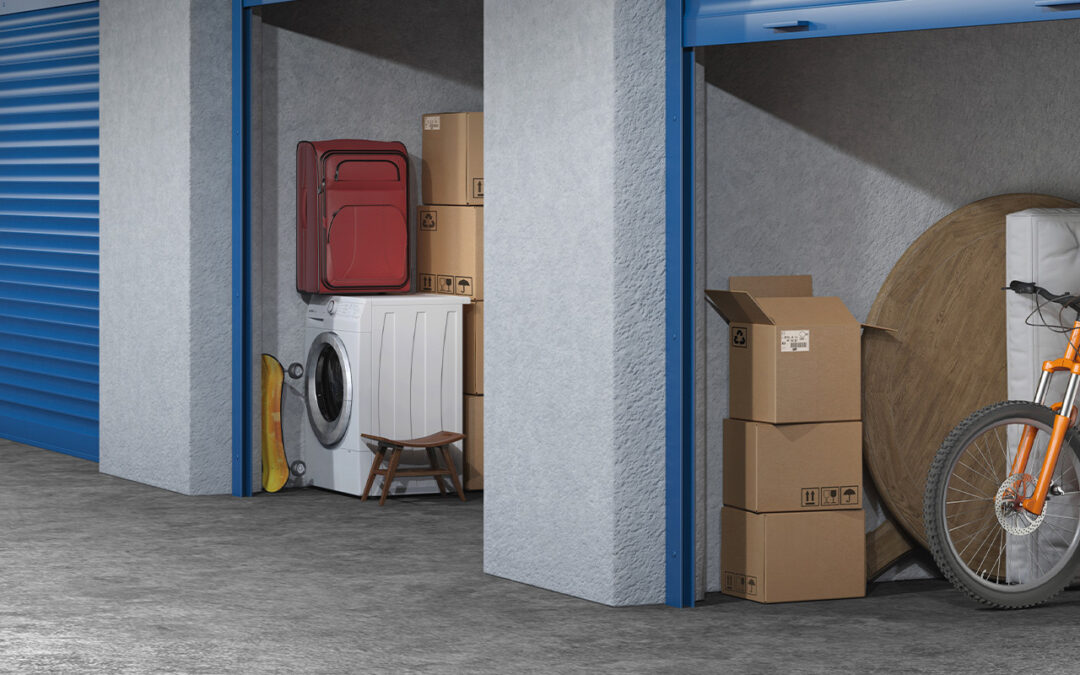The Ultimate Solution For Storing Outdoor Gear
Outdoor enthusiasts invest heavily in specialized equipment for activities like camping, hiking, climbing, cycling, and winter sports. Proper storage is essential to protect these valuable investments from damage caused by moisture, UV exposure, and temperature extremes. Armored Self Storage offers climate-controlled, secure facilities designed to preserve your gear’s performance and longevity.
Outdoor Gear Storage Basics
Storing gear properly prevents deterioration and extends its usable life. Common mistakes include storing damp gear, compressing insulating items like sleeping bags, and using uncontrolled environments such as attics or garages. Proper care can double or triple gear lifespan, saving money and preserving performance.
Storage needs vary by climate and living situation. Humid areas require moisture control, while cold climates pose different challenges. Apartment dwellers and homeowners alike need flexible storage solutions tailored to their space.
,Organizing Your Gear
Start by emptying and cleaning storage areas to assess your equipment. Group gear by activity—camping, climbing, skiing, hiking, biking—and create subcategories like cooking gear or insulation layers. Keep critical items like the “ten essentials” (navigation, first aid kits, fire, etc.) separate for easy access.
Regular gear audits help identify items to keep, repair, donate, or recycle. Many retailers and platforms support gear recycling and resale. Maintaining a digital or physical inventory prevents duplicate purchases and aids insurance claims.
Planning Your Storage Space
Assess available space in garages, basements, closets, spare rooms, or your storage unit, and prioritize accessibility based on how often you use each item. Separate seasonal gear to simplify transitions. Budget-friendly storage options include bins, shelving, and hooks, while premium solutions like climate-controlled units offer superior protection for high-value collections.
Storage Solutions by Space Size
Small Spaces – Maximize vertical space with wall shelves, pegboards, and hanging organizers. Use stackable clear bins and under-bed storage for soft goods. Apartment dwellers can benefit from over-the-door racks and suction-based organizers that don’t damage walls.
Medium and Large Spaces –Use freestanding shelves for bulky items like kayaks and skis. Pegboards and hooks allow customizable organization. Overhead racks free up floor space, and built-in cabinets or lockers provide secure storage.
Proper Storage by Gear Type
- Tents: Clean and dry thoroughly. Store loosely in breathable bags to prevent mildew and maintain waterproofing. Separate and bundle poles carefully.
- Sleeping Bags: Store in large breathable sacks or hang to preserve loft. Avoid long-term compression.
- Sleeping Pads and Pillows: Dry completely before storing with valves open to prevent mold.
- Backpacks: Clean with biodegradable detergent, dry fully, and store open or hanging for ventilation.
- Footwear: Clean and dry completely; remove insoles. Store in cool, dry places away from heat sources.
Activity-Specific Storage
- Climbing Gear: Use pegboards for carabiners, cams, and helmets. Store ropes loosely coiled in bags off the floor to avoid contamination.
- Camping Gear: Organize kitchen equipment, stoves, and utensils in dedicated bins. Clean coolers and water containers thoroughly.
-
Winter Sports: Use racks that support skis and snowboards without damaging their shape. Dry boots before storing and protect sharp gear with covers.
Environmental Considerations
Store gear in cool, dry, dark, and well-ventilated areas. Ideal conditions are 45-70°F with less than 50% humidity. Use dehumidifiers and moisture absorbers in humid climates. Avoid attics and garages with temperature fluctuations and pests.
Climate-controlled storage units offer optimal conditions to preserve sensitive and high-value gear year-round.
Maintenance and Seasonal Care
Clean gear before storage to remove dirt, salt, and organic matter. Reapply waterproofing and leather treatments as needed. Rotate seasonal gear to keep frequently used items accessible. Schedule regular inspections and maintenance to extend gear life and ensure safety.
Labeling and Inventory
Label bins and shelves clearly with contents and last inspection dates. Use digital tools or photo documentation for inventory management and insurance purposes. Regular audits prevent clutter and identify gear needing repair or replacement.
Budget-Friendly Storage Ideas
DIY solutions like PVC pipe racks, repurposed bookshelves, and stackable drawers offer affordable organization. For serious enthusiasts, investing in custom racks, climate control, or professional storage facilities may be worthwhile.
Rent Storage for Your Outdoor Gear
Proper storage is key to protecting your gear’s longevity and performance. Whether you have a small gear closet or a dedicated gear room, keeping equipment clean, dry, and organized is essential. Climate-controlled units, like those offered by Armored Self Storage, provide an ideal environment for valuable collections.
Investing time and resources into organized storage improves trip preparation, extends gear life, and offers peace of mind. Start implementing these strategies to enjoy your outdoor adventures with well-maintained equipment for years to come.

